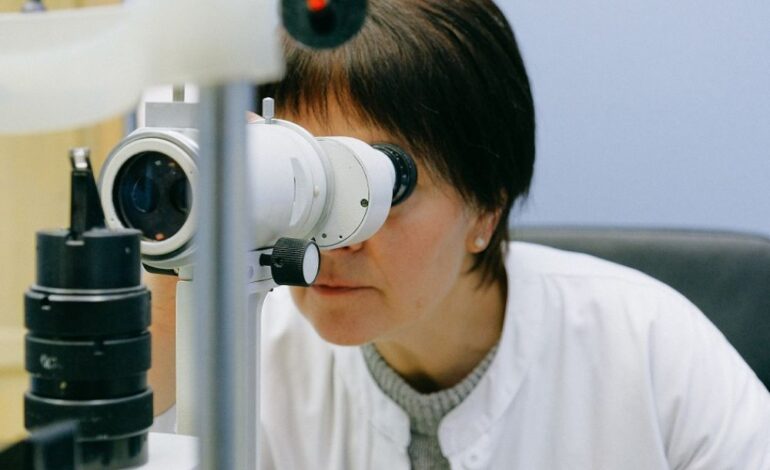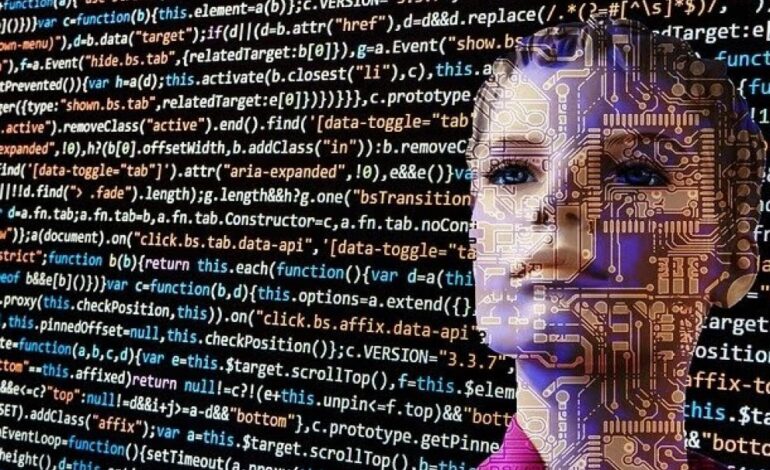6 Useful Examples of Spectroscopy Applications To Help You Understand It Better

Spectroscopy is a powerful technique that can be used to identify the composition of an object. It’s also very useful for determining the temperature, pressure, and chemical reactions in objects too! This article will go over six examples of useful applications where spectroscopy is used to help better understand its function.
Useful Applications Of Spectroscopy
Spectroscopy is a science that deals with the study of light and its interactions with matter. It can be used to identify substances by examining their absorption, emission, or scattering properties.
It is a powerful tool that has been used for centuries to help us understand the world around us. This spectroscopy guide is useful in helping you better understand its uses. It’s a simple technique but can yield important insights into everything from food safety and medical diagnostics to astrophysics and chemical engineering.
Here are six useful applications that can deepen your understanding of what spectroscopy is and how it’s used.
1. Applications Of Spectroscopy In The Medical Field
Spectroscopy is often used in the medical field to help learn important information about a person’s health.
It can be used to analyze bodily fluids like blood, urine, or saliva for specific chemicals that could indicate illness and diseases, such as diabetes mellitus. It can also be used on skin lesions where it helps identify cancerous cells.
It is also used in the field of dentistry to help determine the makeup and structure of tooth enamel, which can then be better matched with a replacement. It can even be used on teeth for cosmetic purposes like whitening! This way, it’s possible to get your perfect white smile without having to go through any chemical bleaching processes.
All of these uses can help us learn more about our health and what we need to do in order to prevent illnesses. It’s also a simple technique that is easy to perform as well!

2. Spectroscopic Analysis In Forensic Science
Forensic science is the application of chemistry and biology to criminal investigations. It’s commonly used by police forces to help pinpoint who was responsible for an action based on evidence found at a crime scene.
Using spectroscopy techniques, it can be possible to determine what chemical substances were left behind from an object or surface during a break-in. These substances can include paint, glass fragments, or even specific types of explosives.
It also allows law enforcement officers to determine if they’re dealing with a suicide attempt by performing an analysis of the person’s blood and tissue samples. The results will show whether there is any chemicals present that might suggest it was indeed a suicide (like carbon dioxide).
3. Different Types Of Light Spectra And How They Are Used
All light can be broken down into a spectrum of colors. This is something that you might have learned at school and remember as the “rainbow” experiment where white light is filtered through a glass prism to separate it out.
Different spectra will produce different results, which means they are useful for identifying chemical substances or examining objects in more detail.
One of the most common examples is when black lights are used in concerts or parties to make glow-in-the-dark objects, posters, and clothing stand out more vividly. It’s because these types of light sources emit ultraviolet light that can be picked up by our eyes only when it hits certain substances like phosphors (which give off visible light when excited by ultraviolet radiation).
This is also the same type of technology that can be used to detect bodily fluids like saliva or semen at crime scenes.
Spectroscopy uses a wide range of different spectra and their respective wavelengths, which means it’s possible for scientists to use them in many ways beyond these examples.
4. The Use Of Infrared And Ultraviolet Spectroscopy To Identify Substances In The Laboratory
Infrared and ultraviolet spectroscopy are two techniques that can be used to identify specific substances. They both examine the wavelengths of light emitted by the substance being tested, but they use different parts of the spectrum.
Ultraviolet (UV) is just beyond what our eyes can see on a smaller scale, so it uses a shorter wavelength than infrared. It’s also the type of light emitted by the sun, which can make it harmful to humans when they are exposed for too long. UV spectroscopy is used in many different fields like forensics and medicine because it emits radiation that can give us information about chemicals present in a given sample. It makes this possible through absorption or emission lines seen when it’s reflected off of surfaces or passed through a substance.
Infrared spectroscopy is used to study the vibrations of molecules, which can reveal more information about what they are made up of and their chemical properties. It uses longer-wavelength infrared radiation that our eyes don’t see naturally because it needs to be converted into visible light first by special sensors. It’s possible to get the same result by using instruments with controllable infrared filters, which can be adjusted based on what you want to study.
Both of these techniques are used in different ways for scientific purposes, and it’s important that scientists understand how they work in order to make use of them.
5. How Astronomers Use Spectroscopy For Research Purposes
Astronomers use spectroscopy as a way to identify the composition of stars and other celestial objects.
They do this by using special instruments with filters that pick up different wavelengths, which is how they can determine if an object is made mostly of hydrogen or helium, for example (two elements that emit light at very specific infrared and ultraviolet frequencies).
This technique has allowed them to create the Hertzsprung-Russell Diagram, which shows what stars are made of based on how they measure up in temperature and brightness.
This is also why it’s possible for astronomers to predict if an object might collapse into a black hole or supernova by studying its spectrum. It can even allow them to map out the different stages of a star’s life and compare it to other stars.
6. Applications Of Optical Spectrophotometers In Lab Settings
Optical spectrophotometers are instruments that measure the optical properties (like intensity and wavelength) of a substance. This information can then be used to identify what it is made up of or how to best use it in certain settings, like identifying chemicals by comparing them to known standards for quality assurance purposes.

Spectroscopy is a powerful way to identify the composition of different substances and objects. It can be used by astronomers, forensic scientists, chemists, and lab technicians alike in many different ways. This article has provided you with six useful examples of spectroscopy applications that will help you understand them better. Hopefully, this information helps you make more informed decisions about how to use spectroscopy in your own research or work setting!










